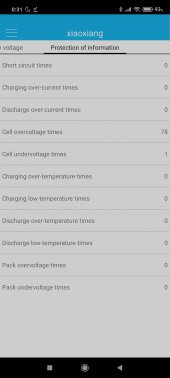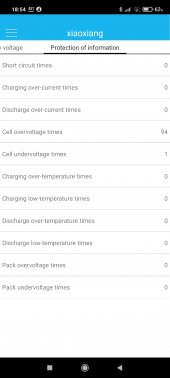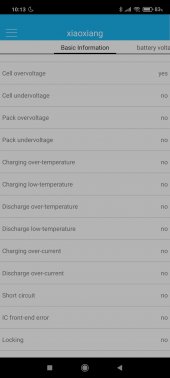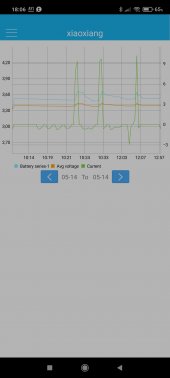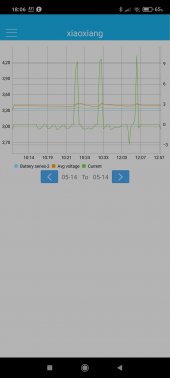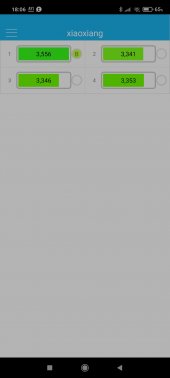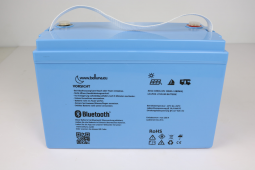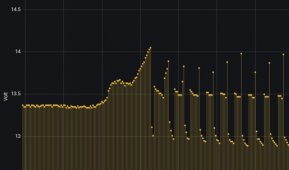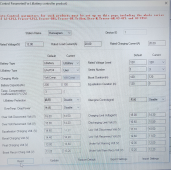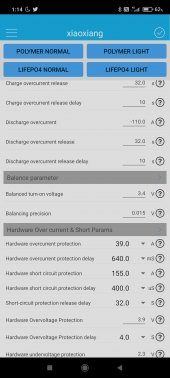mikefitz
Solar Wizard
- Joined
- May 28, 2020
- Messages
- 2,979
The only normal one the when you were using lead acid.Please look at my pictures and calm me down if everything is normal
From around the time 13.45 the system is unstable with intermittent current flowing into the battery. Either the battery BMS is switching off the charge path or the Tracer is having a 'senior moment'. This could be a thermal effect on a component or faulty software.
During the period from 13.45 the battery voltage voltage is falling below the rest voltage. this may be due to the battery load or the BMS switching off the charge path to the battery.
Things are starting to go wrong when the voltage and power reach a certain level at 13.45, late in the day when there is less power there is an improvement but still unusual performance.
Things to try,
Use a default lead acid charge profile in the Tracer.
Use a Tracer charge profile with lower boost and float voltages
Use an AC battery charger to charge the Belluna battery and monitor the charge process.
Examine the information provided via the Belluna Bluetooth.
Since the new addition to your setup is the battery then this is the most likely cause of the charging problem, perhaps due to a faulty BMS or a cell reaching over voltage and the BMS switching off the charge path.
Hope you are able to solve the problem without too much stress!
Mike



